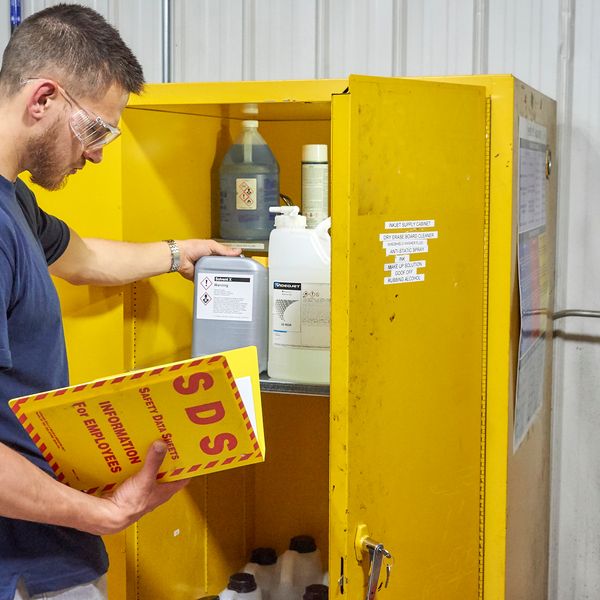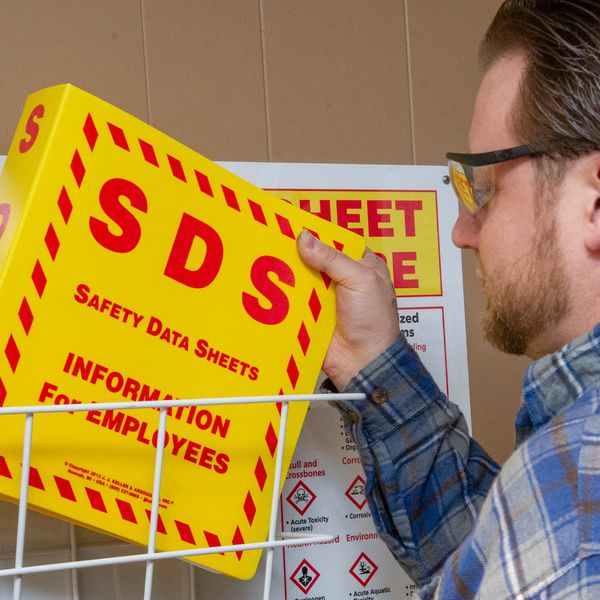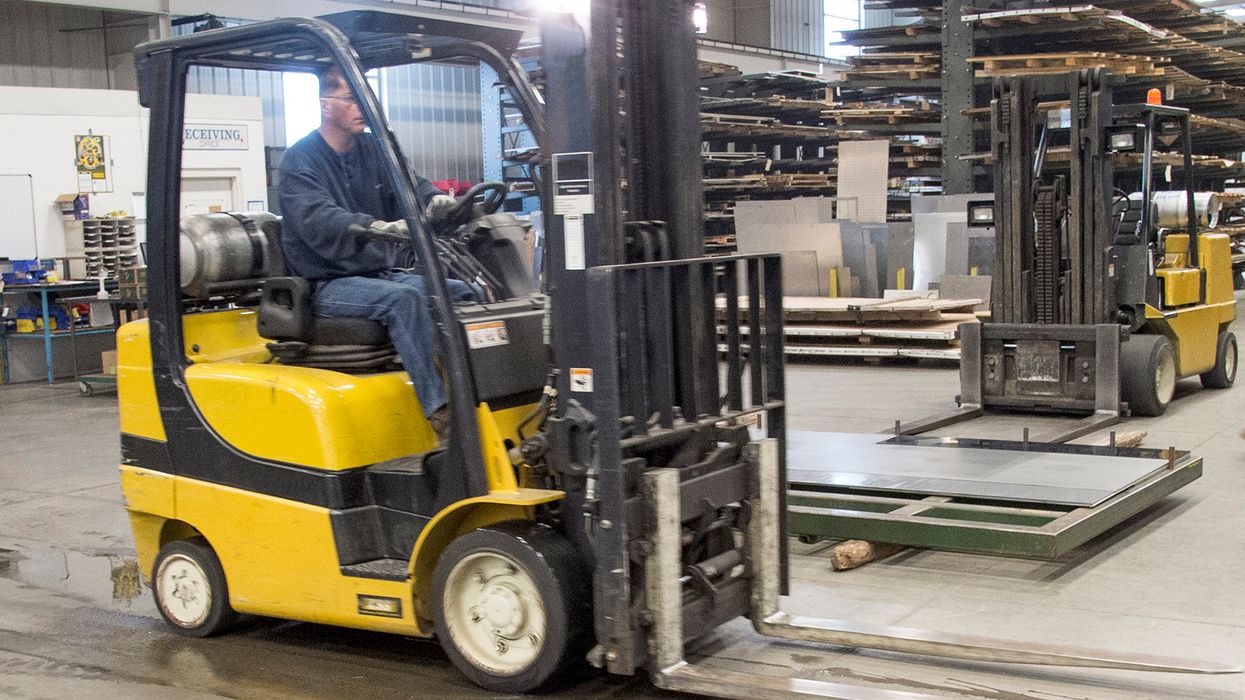Streamlining SDS training for enhanced workplace safety
The Safety Data Sheet (SDS) plays a crucial role in ensuring workplace safety. While it is important to train workers on locating, accessing, and reading the SDS, keeping them safe from the hazards of the chemicals requires more than just handing them a sheet of paper or pointing them to a computer.
Given the vast number of SDSs in an organization, it can become quite a climb to train workers comprehensively on every chemical in an organization. So, what can an organization do to not only stay compliant with OSHA’s regulations but ensure the workers are safe on the job?
Understanding the regulatory requirements
OSHA 1910.1200(h)(3) tells us the minimum training requirements for workers must include an explanation of the hazards of the chemicals used in their work areas and measures they can take to protect themselves including what controls the employer has put in place.
In a letter of interpretation on SDS training, OSHA says that training requirements are not satisfied by merely providing employees with copies of SDSs. Additionally, in this letter, OSHA states, “An employer's training program is to be a forum for explaining to employees, not only the hazards of the chemicals in their work area but also how to use the information generated in the hazard communication program.”
OSHA clearly focuses on the hazards and controls of working with chemicals and not just how to access and read an SDS. For organizations with a substantial amount of SDSs, this can seem like a daunting task. Let’s go through a strategy that will help employers streamline the process, stay compliant, make it achievable, and most importantly ensure worker safety.
Categorizing workers and safety data sheets
The first step in streamlining the training process is to determine what chemicals employees are exposed to in their work areas. Chances are individual workers are only exposed to a portion of the hazardous chemicals in an organization's SDS library throughout their workday.
We can begin this process by separating workers into various categories. A few examples are job titles, work processes, work areas, or positions. As an employer, you can determine what the best means of categorizing your workers would be. Doing so establishes a systematic approach to identifying the relevant SDS sheets for each group.
Training on specific hazards and controls
Now that we have a more manageable group of SDSs to work with, we can tackle the challenge of how to effectively communicate the hazards and controls for each chemical.
One method is to focus on the areas of the SDS that will be most impactful to the worker in their day-to-day tasks. Even though all areas of the SDS provide valuable information, to be most effective in training, we can place our focus on a few different areas, including:
- Section 1: Identification
- Section 2: Hazard(s) Identification
- Section 7: Handling and Storage
- Section 8: Exposure Controls/Personal Protection
Sections 1, 2, 7, and 8 are particularly vital, providing information to the worker on identifying the chemical, the hazards of the chemical, safely handling the chemical, and how to protect themselves.
Sorting by hazard types
To enhance the training further, grouping chemicals by hazard types can provide an even more in-depth understanding for the workers. The information in section two of the SDS can be used to sort by hazard types. As an example, SDSs can be sorted by flammability, corrosivity, gases under pressure, or the other various hazard types included in the section.
Employers can now focus their training on what controls they already have in place by hazard types. This method allows the employer to communicate with the workers on what is expected of them. This will ensure they are safe while working around these types of hazards associated with the chemicals they are exposed to on the job.
Putting it together in an organization
Picture this - a small manufacturing firm with distinct departments – painting, welding, assembly, and an office. Workers in the painting department may primarily deal with paints, solvents, and cleaning materials. The training for this department would focus on the specific hazards associated with these chemicals. This allows the employer to group related items like paints and to discuss the hazards of these chemicals together and what the painters need to keep themselves safe.
On the other hand, workers in the assembly department, welding, or office will handle different chemicals specific to their tasks. Each department undergoes a tailored training program that addresses the hazards relevant to their work and the chemicals they use, ensuring a more effective and meaningful learning experience.
Key to Remember: A targeted approach to SDS training is more effective and efficient and will ensure employees have the tools they need to keep themselves safe while working with hazardous chemicals.




























































